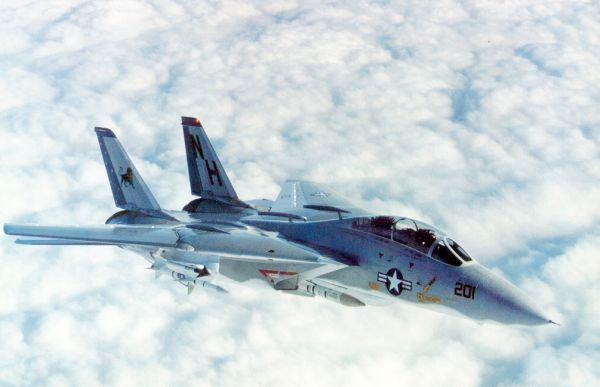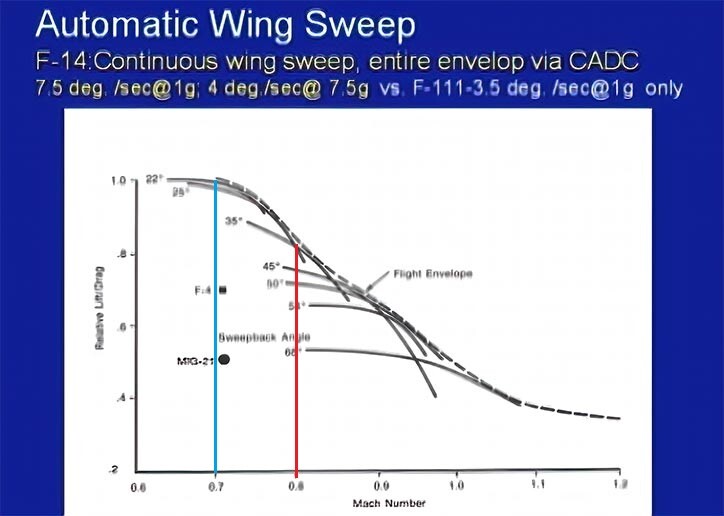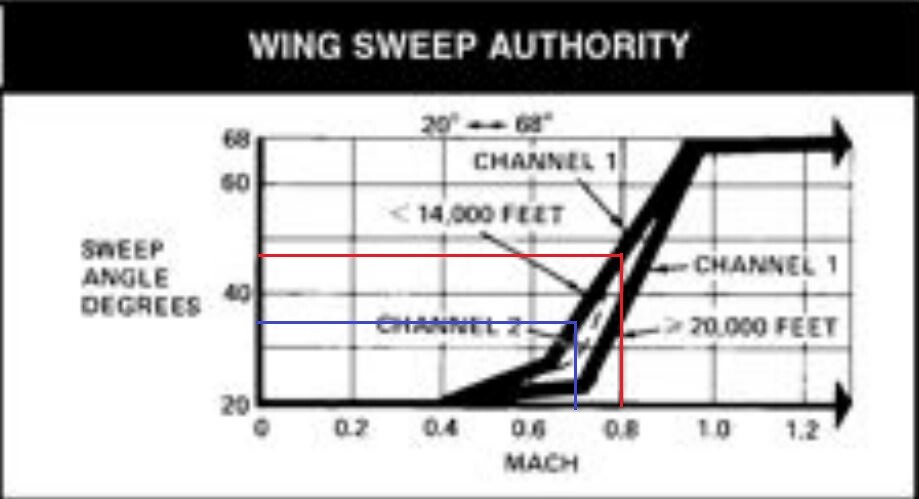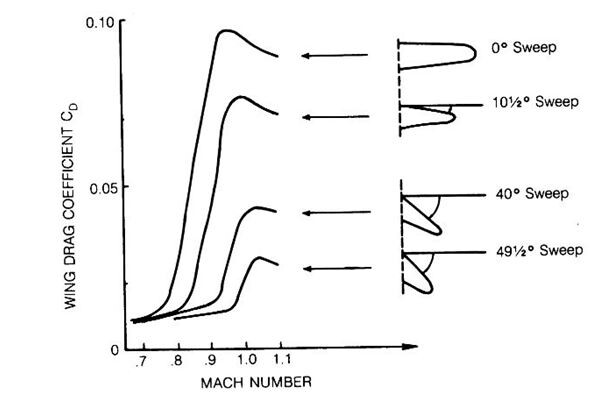-
Posts
2739 -
Joined
-
Last visited
Content Type
Profiles
Forums
Events
Everything posted by captain_dalan
-
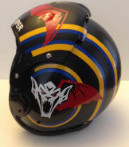
Frame drops and stutters in the bin exe
captain_dalan replied to captain_dalan's topic in Game Performance Bugs
I had the chance the do some troubleshooting the last few days, and the launcher definitely plays a part, though in a bit of unexpected manner. When i enable the launcher, and i run DCS through it, the bin folder exe performs smoothly, no stutters at all. But i run the exe of mt-bin folder, the stutters appear, like the the screenshots above. It's the complete opposite when i disable the launcher, and run the exe files through the shortcuts or the updater. -
Just after today's update, i booted DCS from the default updater shortcut, that defaults to running the exe in the bin folder. As a result i get a huge amount of stutters when looking around the sky, both in cockpit and outside. If on the the other hand, i run DCS from the exe in the MT folder, it runs smooth as silk. If i understood right, both exes should be the same as of today? When i hover over them, they are the same version for sure. But are they the same file really? And what would make one of them full of stutters and the other run smooth? Screenshots below:
-

F-14A use of manual override for forward sweep observations
captain_dalan replied to captain_dalan's topic in DCS: F-14A & B
The thought crossed my mind, but i first wanted to consult the team, just in case it's a feature and not a bug, or maybe they are already aware of it, or even if maybe though aware, they don't consider it worth the changes. -

F-14A use of manual override for forward sweep observations
captain_dalan replied to captain_dalan's topic in DCS: F-14A & B
You mean like 2 or 3? -

F-14A use of manual override for forward sweep observations
captain_dalan replied to captain_dalan's topic in DCS: F-14A & B
Looks like nobody's at home. Who do we contact under such circumstances? And ED moderator maybe? -

F-14A use of manual override for forward sweep observations
captain_dalan replied to captain_dalan's topic in DCS: F-14A & B
That was definitely informative and educational. So structural integrity was a major player from the very start. This would explain all the changes made and the fine balance they needed to maintain over airframe stress and airplane performance. Using the above charts, i ran i new test, this time comparing wings in auto, wings following the maximum lift to drag chart and wings fixed at fully forward position. The findings somewhat confirmed my previous findings and some of the data in those charts. Using the max CL/CD settings does provide a non-insignificant increase in performance. However, something is not quite right with the forward most setting. Namely even though the charts suggest best performance around mach 0.6 with sweep angle of 20-22 degrees, in game, best performance is achieved at an angle of 25 degrees. Further more, while the wing sweep of 22 does seem to provide best performance around mach 0.7, as the charts suggest, the performance should sharply drop at that angle by mach 0.8. In game however, the performance is exceptionally better then at sweep angle of 33-45 degrees which should provide best performance. So it would seem, something is not quite right, with the way drag is modelled for this sweep angle and/or close to it. This is the recording of my tests: And these are some of the data points i took notes for: 15000ft manual 0.6 - 22^ - 3.8 0.7 - 22^ - 5.0 0.8 - 35^ - 5.4 0.9 - 54^ - 5.4 0.96 -68^ - 4.7 auto 0.6 - 25^ - 4.1 0.7 - 32^ - 4.6 0.8 - 46^ - 4.9 0.9 - 60^ - 5.0 0.96 - 68^ - 4.6 20^ fixed: 0.6 - 3.7 0.7 - 5.1 0.8 - 5.8 Makes me wonder if some of this isn't an artifact of previous changes in the FM? @IronMike does this constitute a bug? Should we file it as one? -

F-14A use of manual override for forward sweep observations
captain_dalan replied to captain_dalan's topic in DCS: F-14A & B
Got some flight time tonight, and here's the result. The numbers are much closer together this time around, seeing as how the g's available are lower, and the acceleration times make a bit more sense, though the sample is smaller, again due to the narrow band in which the wings move up here, only after mach 0.72 or 0.73 or so. I don't really know what to make of it. I tried setting the wings to 22 instead of 20 degrees, but as expected no real difference there. Am i missing something? Maybe in the wing sweep schedule and how i'm reading it? -
For the moderators: I don't see a dedicated AI section except for the bugs, and i don't consider this a bug, so i'm posting it here, but feel free to move the topic in the most appropriate section!!! Hadn't had the chance to fly much DCS in the last half a year or more, but last weekend i finally did, and was pleasantly surprised by the new behavior of the MiG-29's when flown by AI's. As i just read in your newsletter about the upcoming changes to the AI, i sincerely hope this new behavior will be implemented on all other aircraft we have in DCS. Good bye to the horizontal carousels and hello to the much more varied and interesting patterns! On top of that, content creators can now leverage this new AI to create more interested in immersive experiences, while SP flyers can employ more authentic tactics and better prepare for the MP arena! Kudos i say! And looking forward to the new AI!!! P.S. does this count as a wish list item?!
-
- 3
-

-

[BUG] F-14A/B Afteburner Effect Desync
captain_dalan replied to Alpiinoo's topic in Bugs and Problems
Noticed this as well during latest flight tests when going in external view -

F-14A use of manual override for forward sweep observations
captain_dalan replied to captain_dalan's topic in DCS: F-14A & B
Results (STR, 5000ft, 4x4, half internal fuel) of data samples taken from the sim for the F-14A: - first chart: current wing sweep program on auto and original wing sweep manually adjusted with the wing sweep lever - second chart: same as the above, but mach 0.6 value projected to fallow the the same Cl/Cd values as the current wing sweep - F-15C STR added for reference It would seem the F-14's flew with both hands behind their backs, as except for the transonic envelope (literally around mach 1), the original wing sweep program would have given a much higher performance, up to 8g's sustained in the above mentioned configuration. Makes you wonder how things would have turned out had the Navy got all the jets they ever wanted... EDIT: that mach 0.6 dip still sticks like sore thumb! EDIT: say want you will about Maverick, but may just have had some idea about what he did when you pulled that emergency lever! -

F-14A use of manual override for forward sweep observations
captain_dalan replied to captain_dalan's topic in DCS: F-14A & B
EUREKA..... i think.... Take a look at the diagram below. If HB used the first chart, or at the very least their data matches it, then optimal L/D roughly coincides with the current performance. Granted, this is for 1g flight, but i took a look at the Cl and Cd per alpha charts i have, and indeed, at 10 degrees (true), the increase in lift for sweep of 22 degrees is still greater then the increase in drag, when compare to a 50 degrees sweep, which is where the wing sweep would be at mach 0.8, when following the CADC programming. But take a look at what the Cl/Cd chart indicates, at mach 0.8 the optimal ratio is at 35 degrees sweep. The current programming doesn't follow this curve. You know which programming does? The original one. Or at least it follows it more closely. Take a look at the 3rd image. The wings start going back way after mach 0.7. Which means, the original program, not only provided better Cl max, it provided better Cl/Cd, which for same amounts of thrust per mach, would also mean better excess power, at least up to 10 degrees alpha, or roughly best sustained alpha. What was the new programming good for then? If you ask me, one thing and one thing alone.... airframe longevity. You have less g's available all around, and less g's you can sustain up to mach 0.8, possibly even higher. If i have enough time next weekend, i might give the original scheduler full test, up to mach 1.2. This means we have been fed less then true information over the years? One mystery remains though, and that is the dip in performance (with the wings in manual 20 override) around mach 0.6. This shouldn't exist at all, not according to the Cl/Cd chart, nor the individual Cl and Cd curves per alpha. Images below: -

F-14A use of manual override for forward sweep observations
captain_dalan replied to captain_dalan's topic in DCS: F-14A & B
Addendum: I seldom quote myself, but it would appear we have had a similar discussion back in 2021, and back then the things were much different, that is, the jet did sustain less with wings manually set at 20 degrees override. So something changed in the meanwhile? -

F-14A use of manual override for forward sweep observations
captain_dalan replied to captain_dalan's topic in DCS: F-14A & B
That may be true, however in this case, there either seems to be no difference at all until you hit mach 0.9, with linear acceleration, or the extra lift seems there and modelled but not the extra drag, like when sustaining g's between mach 0.6 and mach 0.8+. I'm not saying the F-14 (in this case the A) should break the sound barrier with the wings at 20 degrees (even though it actually can't in the sim with this configuration, as it hits a wall at mach 0.9), but the wings were truly optimized for excess power, then i would expect better acceleration with wings in auto. Both loaded (up to 0 excess power) and unloaded, like in a dash. Even if that difference is miniscule. EDIT: and the even stranger thing is, that around mach 0.6 it really is so. The plane is slightly draggier. But at higher mach (0.7 and 0.8), it's actually less draggy. null -

F-14A use of manual override for forward sweep observations
captain_dalan replied to captain_dalan's topic in DCS: F-14A & B
Roger, 35-36000ft will be coming next! -
Here's something i've been planning on doing for a long time, but i just didn't get the time. I ran some semi-casual tests of basic performance with the wings set in auto, and with them swept fully forward. I used a standard A-A loadout of 4x4, no external tanks, and 53873lbs gross weight. Standard atmosphere, 5000ft altitude. The tests aren't run in a precise enough manner for FM testing, on contrary, the goal was just to establish some base of comparison between the two regimes, and evaluate possible merits of using the emergency wing sweep lever in this manner. The results are somewhat surprising, at least for me. While the ITR test showed rather expected outcome, and the overall g available per mach was increased across the tested range of airspeeds, the acceleration and STR tests were either strange or at the very least unexpected. STR showed expected changes from mach 0.4 to 0.6, that is, the STR dropped as mach increased. Then between mach 0.7 and mach 0.8m it suddenly jumped quite a bit. Finally, the plane struggles to reach mach 0.9 in this configuration, so at least that didn't bake my noodle. The acceleration tests was arguably even stranger, as it didn't seem to make any difference what the angle of the sweep was until the plane reached mach 0.8+. I would have expected the extra drag to start affecting the plane sooner, seeing how the wing sweep programmer starts moving the wings sooner. Any similar observations by you guys? What are your thoughts are interpretations? Should i run the same tests at higher altitude of 15000ft? Cheers and hope you had a great weekend. Video bellow
-

F-14 A/B feature follow-up, wish list and beyond
captain_dalan replied to scommander2's topic in DCS: F-14A & B
I don't think there's anything to agree or disagree about really. I'm not developing it, nor decide what gets implemented or not. I'm just saying that if nothing gets added, i wouldn't be surprised, nor would i ask for more. Take that for what you will -

F-14 A/B feature follow-up, wish list and beyond
captain_dalan replied to scommander2's topic in DCS: F-14A & B
I've written off any further F-14 related improvements regarding expansion of the variants available, or even just pending features the old RWR for that matter. I think the Tomcat we have is largely considered feature complete at this point. -
Well, i always preferred what is now the alternate model, as it's just much more indicative of the plain current dynamic state, but for some reason i kept thinking that that was the default one... As mentioned, this was a sanity check, and apparently i'm staring to lose mine!
-
Hey guys, i'm back in the F-14 after several moths (love the new pitch stability behavior), but i'm a bit confused due to the AoA buffer, have you changed which one is which again? If memory serves, the alternate one was the less 'bumpy' one the last time i configured it, but now it seems to be the other way around? Just a sanity check on my part, i'm not asking (nor care which one is the more "realistic" one).
-
The old versions (the A's in this case) don't go active at all if fired in PD-STT at distances over 10 nautical miles, unless fired with the ACM cover up, in which case i think they are active right off the rail (mad dog) and will just fly to the first thing they see. If fired at 10 miles or closer, the missile goes active right after launch at the target that was locked. The newer versions (C) follow the above behavior with the exception that if the lock is broken at any given point, the missile goes active immediately and tries to acquire the first thing it sees along radar cone. Also in DCS specifically, the missile goes active at 10 miles from the target, but i don't thing the TDI displays it like it does with TWS shots.
-

How to select specific targets in TWS in single player?
captain_dalan replied to herobie's topic in DCS: F-14A & B
Only from the backseat unfortunately, and prey that Iceman doesn't mess up your geometry or energy state in the meanwhile -

[NO BUG] Shape of engine nozzles is wrong
captain_dalan replied to bkthunder's topic in Bugs and Problems
Dude, that's an almost 4 years old post!

